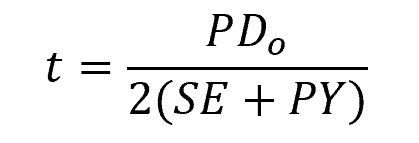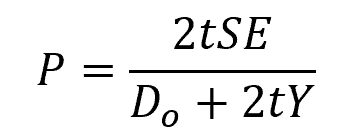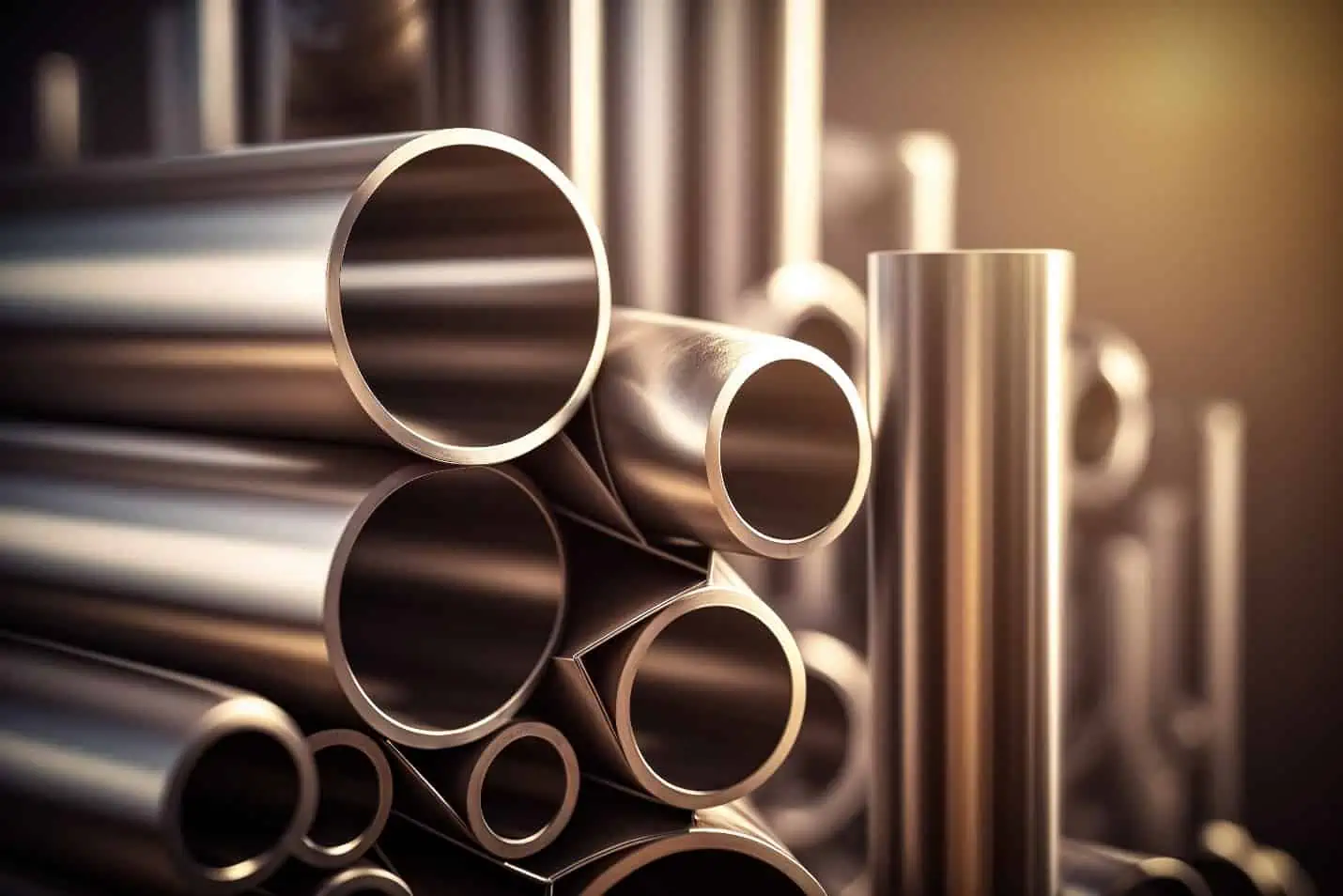Schedule 40 steel pipe is the most commonly used schedule of steel pipe in gas and water line applications that require sufficient mechanical strength, range of operating temperature, and pressure tolerance that plastic pipes cannot handle.

When working with steel pipes, one important aspect to consider is their pressure rating. This article provides comprehensive guidelines and considerations for determining the pressure rating of Schedule 40 steel pipe, essential for designing safe and efficient piping systems.
Pressure Rating of Schedule 40 Steel Pipe
Steel pipes are available in 14 different schedules. The standard and most commonly used schedule is Schedule 40, which finds application in a wide range of uses, including plumbing, residential construction, and other general-purpose applications where moderate pressure and strength are necessary.
The schedule of a pipe directly affects its wall thickness and pressure rating. As the schedule number increases, the wall thickness and pressure rating of the pipe also increase.

Elevate Your Engineering With Excel
Advance in Excel with engineering-focused training that equips you with the skills to streamline projects and accelerate your career.

However, it is important to note that schedule numbers are non-dimensional. For instance, Schedule 40 does not indicate that the pipe has a diameter of 40 millimeters. Instead, pipe schedules are simply a numbering system introduced by the American Society of Mechanical Engineers (ASME) to standardize the identification of pipe thickness.
Specification ASME B36.10 standardizes the wall thickness and pipe dimensions for wrought steel pipes, while Specification ASME B36.19 standardizes the wall thickness and pipe dimensions for stainless steel pipes.
The pipe dimensions and weights of Schedule 40 wrought steel and stainless steel pipes based off of these two specifications are shown in the tables below.
Pipe schedule reflects a pipe’s stress-bearing capacity, as well as its ability to withstand internal pressure and pressure surges. In fact, the schedule number is an approximate ratio between the allowable internal pressure and the allowable stress on the pipe material, as shown in the formula:

Where:
- SCH = schedule number [unitless]
- P = maximum allowable internal pressure [psig]
- S = allowable stress on the pipe material [psi]
This formula can be used to estimate the pressure rating of a steel pipe. For instance, a Schedule 40 steel pipe made of Type 304 stainless steel, with an ultimate tensile strength of 73,200 psi, has a maximum allowable internal pressure approximately equal to 2,928 psi, as shown in the equation:

ASTM has also developed standard specifications indicating the pressure ratings of steel pipes depending on the grade of steel and chemical composition. For instance, the table below shows the pressure ratings of Schedule 40 seamless and welded black and hot-dipped galvanized steel pipes, as specified in ASTM A53.
Grade A and Grade B are different types of steel with different chemical compositions and mechanical properties. These are shown in the following tables, based on ASTM A53.
Composition of Type S (seamless) Pipe
Composition of Type F (seamless) Pipe
Pressure Rating Calculation
Alternatively, the pressure rating or the allowable internal piping pressure of Schedule 40 steel pipe can be calculated by rearranging the modified Barlow’s formula for pipe wall thickness provided in ASME B31.3:

Where:
- t = Pipe wall thickness [in]
- P = Allowable pressure, [psi]
- Do = Outside diameter of the pipe [in]
- S = Allowable stress at design temperature [psi]
- E = Longitudinal-joint quality factor [unitless]
- Y = Wall thickness correction factor [unitless]
Rearranging the above equation to get the allowable pressure, the formula becomes:

Longitudinal Joint Quality
The longitudinal joint quality factor is a non-dimensional factor that considers the impact of longitudinal weld joints on the pipe’s strength. On the other hand, the wall thickness correction factor is a non-dimensional factor that represents an additional thickness to the pipe wall in order to consider various factors like manufacturing tolerances, corrosion, erosion, and other potential sources of wall thinning.
In the case of a seamless pipe, the longitudinal joint quality factor is typically equal to 1. For other welded pipes, including electric resistance and electric fusion welds, the quality factor ranges from 0.6 to 1.
Wall Thickness Correction Factor
For the wall thickness correction factor, the values for t < D/6 are tabulated below. For t ≥ D/6, the calculation of pressure design thickness for straight pipe necessitates special consideration of factors such as the theory of failure, effects of fatigue, and thermal stress.
Pressure Rating of Schedule 40 Stainless Steel Pipe
Barlow’s formula infers that a pipe’s pressure rating is influenced not only by pipe dimensions and material composition but also by the design temperature, which impacts the value of the pipe material’s allowable stress. Using Barlow’s formula, the pressure rating of Schedule 40 stainless steel pipe at different design temperatures has been calculated and tabulated below.
Stainless Steel Pipe Pressure Ratings at Different Temperatures
Note that the pressure rating values displayed in the table above has been determined by considering a longitudinal-joint quality factor of 0.6 and a wall thickness correction factor of 0.4.
Strength of Schedule 40 Steel Pipe
The strength and pressure rating of pipes are closely related parameters. According to Barlow’s equation, the strength of the pipe material directly impacts the maximum allowable pressure that a pipe can withstand. However, unlike the pressure rating, the strength of a pipe, which is measured by its basic allowable stress, is not affected by its schedule but rather by the chemical composition of the piping material as well as the operating temperature.

For example, the basic allowable stress of A285 Grade A Carbon Steel can vary from 15 ksi at 100°F to 5.9 ksi at 900°F. In contrast, the basic allowable stress of A312 stainless steel can vary from 20 ksi at 100°F to 17.2 ksi at 900°F.
ASME B31.3 provides a comprehensive list of the basic allowable stresses for various piping materials.
